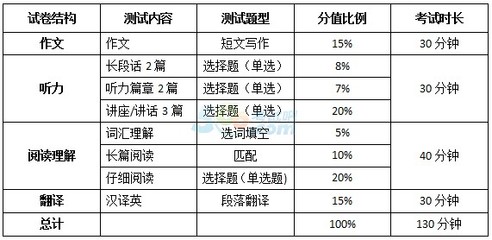新东方,全名北京新东方教育科技(集团)有限公司,总部位于北京市海淀区中关村,是规模最大的综合性教育集团,同时也是教育培训集团。下面是小编给大家整理的新东方考研英语范文,供大家参阅!
新东方考研英语范文:民族文化
A folk culture is a small isolated, cohesive, conservative, nearly self- sufficient group that is homogeneous in custom and race with a strong family or clan structure and highly developed rituals. Order is maintained through sanctions based in the religion or family and interpersonal. Relationships are strong. Tradition is paramount, and change comes infrequently and slowly. There is relatively little division of labor into specialized duties. Rather, each person is expected to perform a great variety of tasks, though duties may differ between the sexes. Most goods are handmade and subsistence economy prevails. Individualism is weakly developed in folk cultures as are social classes. Unaltered folk cultures no longer exist in industrialized countries such as the United States and Canada. Perhaps the nearest modern equivalent in Anglo America is the Amish, a German American farming sect that largely renounces the products and labor saving devices of the industrial age. In Amish areas, horse drawn buggies still serve as a local transportation device and the faithful are not permitted to own automobiles. The Amish’s central religious concept of Demut “humility”, clearly reflects the weakness of individualism and social class so typical of folk cultures and there is a corresponding strength of Amish group identity. Rarely do the Amish marry outside their sect. The religion, a variety of the Mennonite faith, provides the principal mechanism for maintaining order.
By contrast a popular culture is a large heterogeneous group often highly individualistic and a pronounced many specialized professions. Secular institutions of control such as the police and army take the place of religion and family in maintaining order, and a money-based economy prevails. Because of these contrasts, “popular” may be viewed as clearly different from “folk”. The popular is replacing the folk in industrialized countries and in many developing nations. Folk-made objects give way to their popular equivalent, usually because the popular item is more quickly or cheaply produced, is easier or time saving to use or leads more prestige to the owner.
新东方考研英语范文:细菌
Bacteria are extremely small living things. While we measure our own sizes in inches or centimeters, bacterial size is measured in microns. One micron is a thousandth of a millimeter: a pinhead is about a millimeter across. Rod-shaped bacteria are usually from two to four microns long, while rounded ones are generally one micron in diameter. Thus if you enlarged a rounded bacterium a thousand times, it would be just about the size of a pinhead. An adult human magnified by the same amount would be over a mile (1.6 kilometer) tall.
Even with an ordinary microscope, you must look closely to see bacteria. Using a magnification of 100 times, one finds that bacteria are barely visible as tiny rods or dots. One cannot make out anything of their structure. Using special stains, one can see that some bacteria have attached to them wavy-looking “hairs” called flagella. Others have only one flagellum. The flagella rotate, pushing the bacteria through the water. Many bacteria lack flagella and cannot move about by their own power, while others can glide along over surfaces by some little- understood mechanism.

From the bacteria point of view, the world is a very different place from what it is to humans. To a bacterium water is as thick as molasses is to us. Bacteria are so small that they are influenced by the movements of the chemical molecules around them. Bacteria under the microscope, even those with no flagella, often bounce about in the water. This is because they collide with the watery molecules and are pushed this way and that. Molecules move so rapidly that within a tenth of a second the molecules round a bacteria have all been replaced by new ones; even bacteria without flagella are thus constantly exposed to a changing environment.
新东方考研英语范文:睡眠
Sleep is part of a person’s daily activity cycle. There are several different stages of sleep, and they too occur in cycles. If you are an average sleeper, your sleep cycle is as follows. When you fist drift off into slumber, your eyes will roll about a bit, you temperature will drop slightly, your muscles will relax, and your breathing well slow and become quite regular. Your brain waves slow and become quite regular. Your brain waves slow down a bit too, with the alpha rhythm of rather fast waves 1 sleep. For the next half hour or so, as you relax more and more, you will drift down through stage 2 and stage 3 sleep. The lower your stage of sleep. Slower your brain waves will be. Then about 40to 69 minutes after you lose consciousness you will have reached the deepest sleep of all. Your brain will show the large slow waves that are known as the delta rhythm. This is stage 4 sleep.
You do not remain at this deep fourth stage all night long, but instead about 80 minutes after you fall into slumber, your brain activity level will increase again slightly. The delta rhythm will disappear, to be replaced by the activity pattern of brain waves. Your eyes will begin to dart around under your closed eyelids as if you were looking at something occurring in front of you. This period of rapid eye movement lasts for some 8 to 15 minutes and is called REM sleep. It is during REM sleep period, your body will soon relax again, your breathing will slip gently back from stage 1 to stage 4 sleep----only to rise once again to the surface of near consciousness some 80 minutes later.
 爱华网
爱华网



